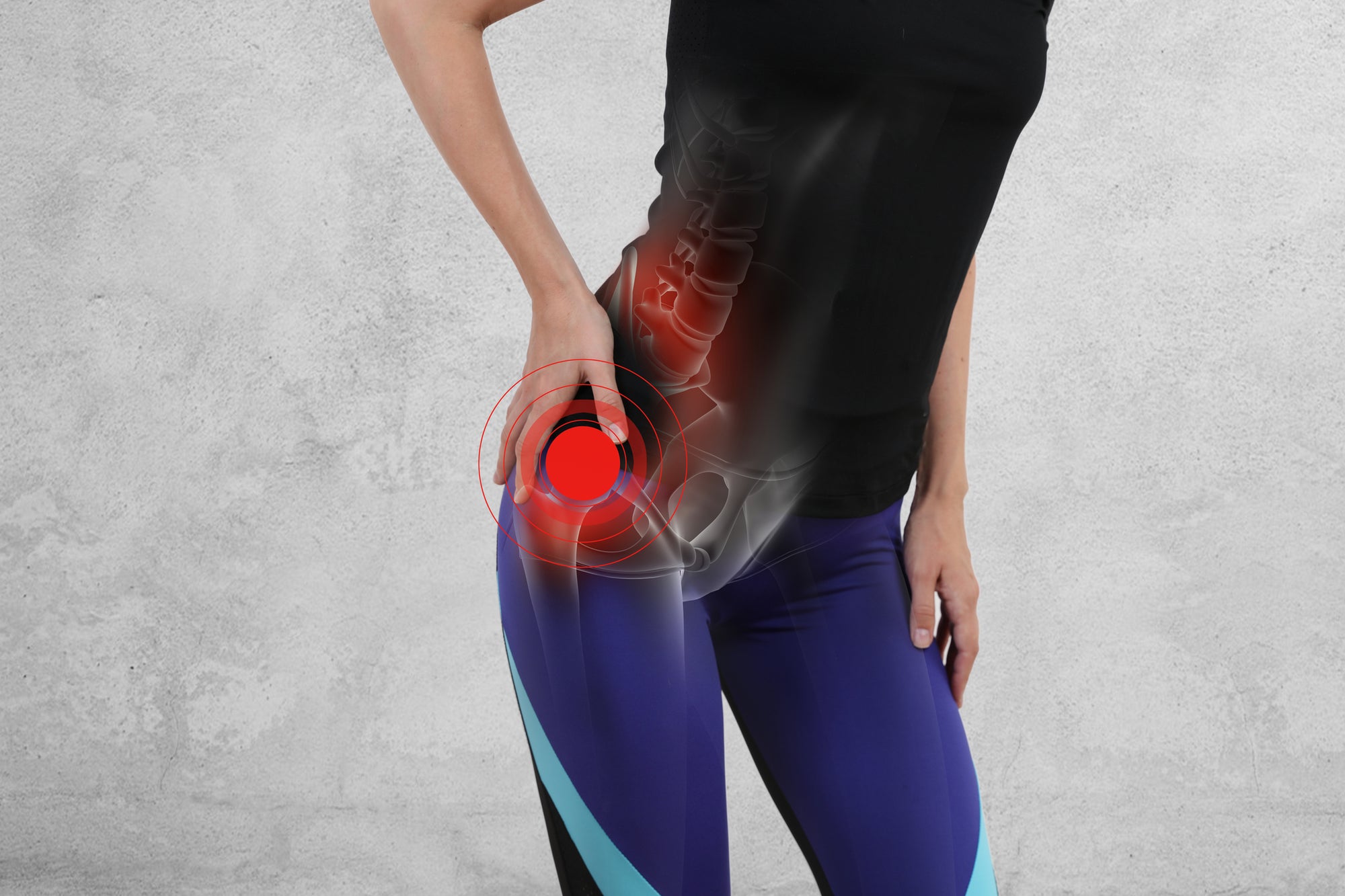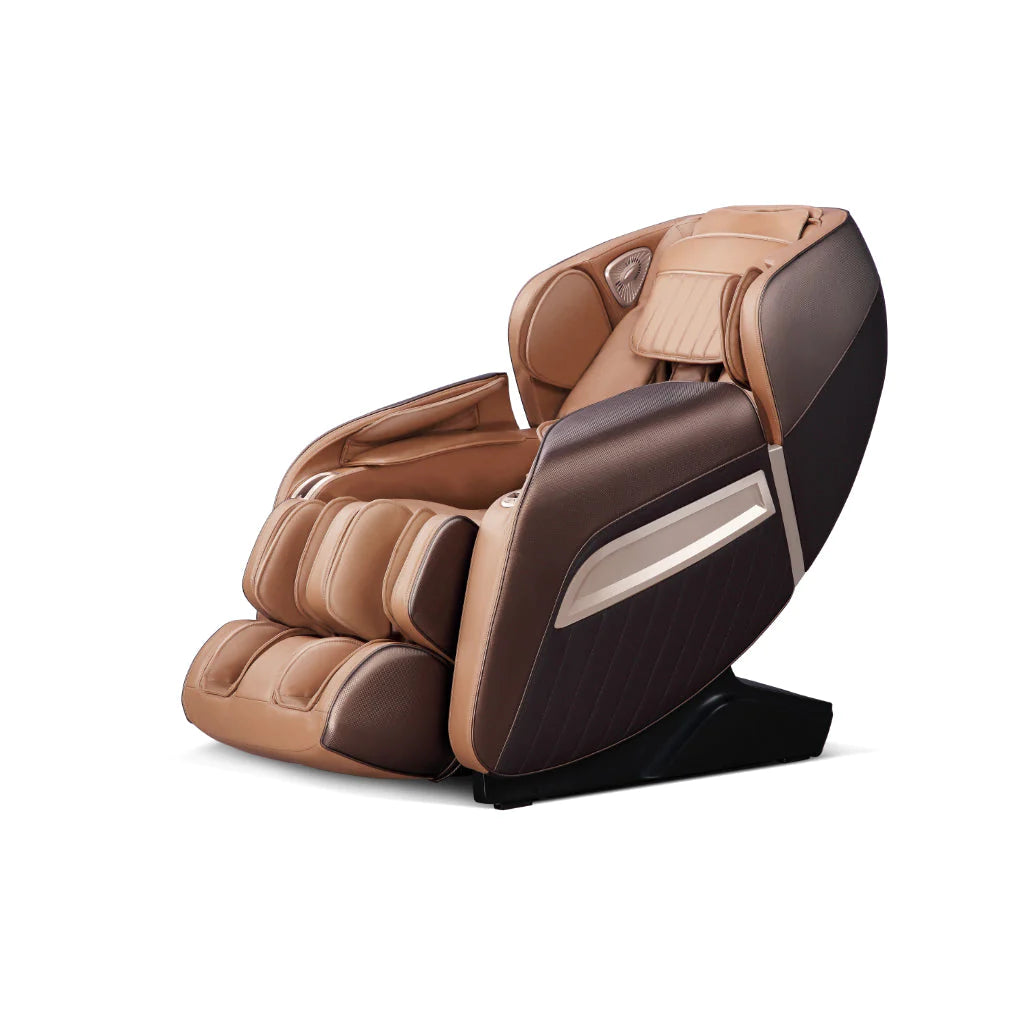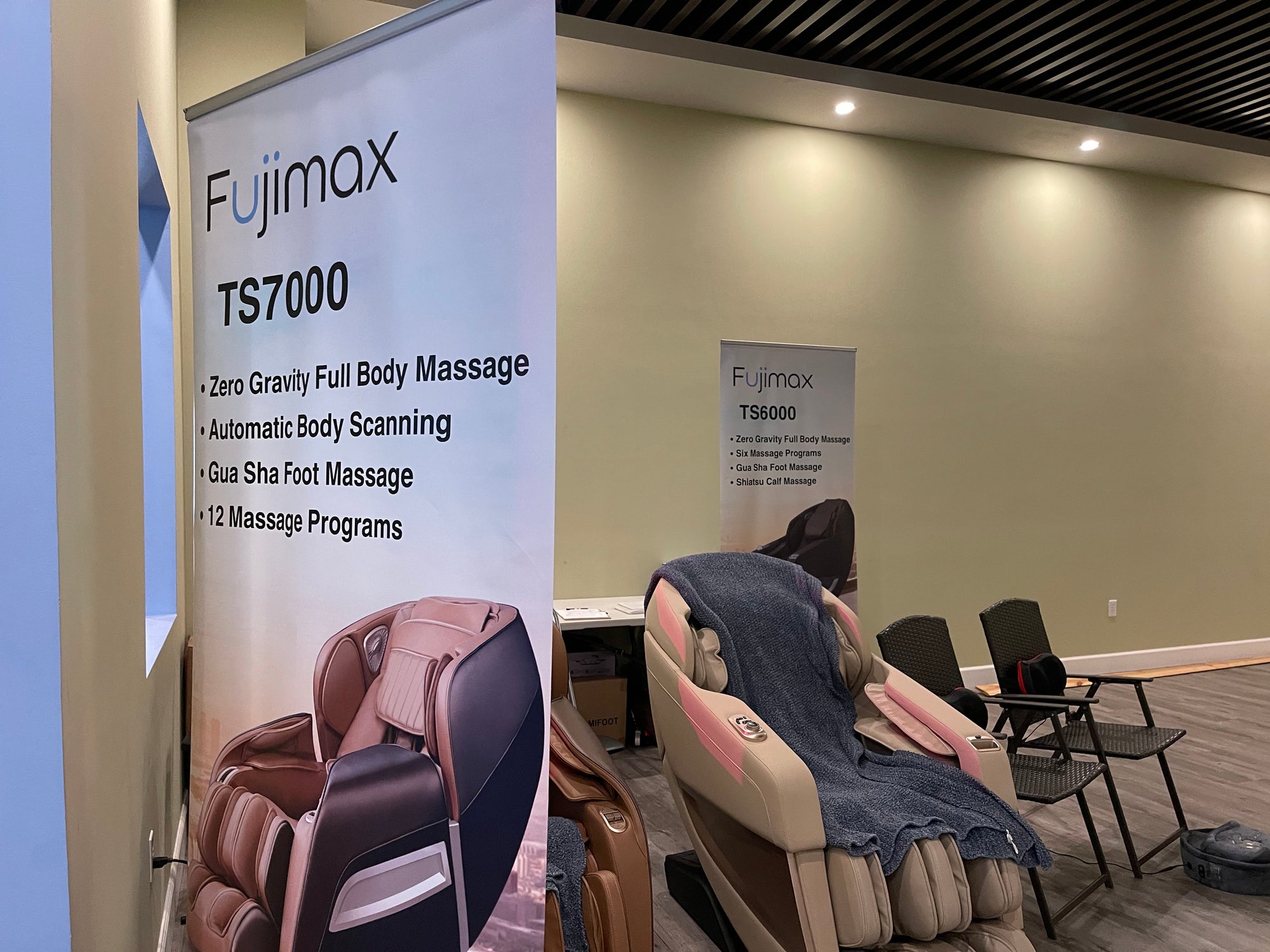Do you find yourself with bad posture and experiencing shoulder stiffness or lower back pain due to long hours of smartphone use, work, or standing household tasks? Would you like to improve your posture and relieve shoulder stiffness? The issues you suffer from could stem from pelvic misalignment, and correcting this is essential to maintaining good posture.

What is the pelvis?
The pelvis is a large skeletal structure that supports the spine and head. In the process of evolving from four-legged to two-legged walking, the human pelvis developed into its current shape due to the need to support the upper body. Therefore, it is a crucial body part that supports most of the upper body. Misalignment in the pelvis can lead to various upper body issues, such as lower back pain.
What is the role of the pelvis?
The pelvis is responsible for maintaining the balance and posture of the body when walking or sitting, as it connects the spine and hip joints. Therefore, the condition of the pelvis is crucial for our daily lives. In addition, the pelvis houses organs such as the bladder and, in women, the uterus, so any misalignment of the pelvis can significantly impact the health of these internal organs.

What is the appropriate angle for the pelvis?
There is some variation in natural skeletal differences among individuals but the ideal angle for the pelvis is between 13.0 ± 4.9° and 8.9 ± 4.5°. If the pelvis is tilted too far forward or backward beyond the appropriate angle, it can lead to a swayback posture or a habit of slouching. By regularly doing the stretches we will introduce later, the muscles around the pelvis should gradually improve, and the angle will correct toward what is appropriate for the individual.

What does it mean when the pelvis is "twisted"?
The pelvis is a 'skeleton' consisting of four tightly connected bones, so the pelvis is not literally "twisted" when referred to as such. When the range of motion of the joints around the pelvis (the sacroiliac joint and the hip joint) becomes restricted, or when the joints move in one direction, causing the movement of the surrounding muscles to become unbalanced, the pelvis appears twisted. In other words, when the pelvis is twisted, the surrounding joints and muscles are imbalanced.
The common cause of a twisted pelvis is a lack of muscle strength to stabilize the pelvis. In other words, the muscles and joints around the pelvis, especially the muscles in the buttocks and abdomen, are not working properly. It is important to address these strength issues and be conscious of lifestyle habits and sitting posture.

What are the key points for correcting a pelvic tilt?
The key is to loosen up the hip joints that support the pelvis and strengthen the muscles around the buttocks and abdomen. The hip joint, which connects the pelvis to the legs, is the largest in the body and has a wide range of motion. Therefore, there are many different muscles intricately attached around the joint. By loosening up the hip joint, unused muscles around the buttocks and abdomen will begin to move, resulting in the development of the foundation of the buttock muscles. This loosening of the hip joint will allow the pelvis to naturally stabilize at the appropriate position for the individual, reducing fatigue in the upper body.
To help loosen up the muscles, here are some stretching exercises that you can try:
(1) - Standing stretch
・Bring your heels close to your buttocks.
・Engage your abdominal muscles.
・While feeling the stretch in the front of your thighs, pull your knees back.
・Hold for 15-30 seconds.
(2) A seated stretch
・Sit with one leg bent towards your chest and crossed over the opposite leg.
・Pull your bent knee with your arm towards your opposite shoulder.
・Keep your back straight.
・Hold for 15-30 seconds.
(3) Stretch done lying on your side
・Bring your heels close to your buttocks.
・While being conscious of the front of your thighs being stretched, engage your core and pull your knee back while bringing your heel closer to your buttocks.
・Hold for 15-30 seconds.
(4) Stretch using a stool
・Stand facing a sturdy surface like a wall or a desk, with your feet about hip-width apart.
・Place both hands on the surface and lean forward, keeping your back straight and your chest lifted.
・Push your hips forward, feeling the stretch in your hip flexors and the front of your thighs.
・Hold for 15-30 seconds, focusing on the stretch in your glutes.
(5) Supine stretch
・Lie on your back with both knees bent.
・Cross one ankle over the opposite knee.
・Hold both thighs with both hands and pull your knees towards your chest.
・Hold for 15-30 seconds.
Be sure to complete the stretches with both legs.
Besides stretching and exercise, a massage is a great way to loosen up the muscles around the pelvis to help obtain the correct angle. A massage will be effective before beginning the stretches as well as afterwards. A massage before performing stretching exercises will help ready the muscles for activity, while a massage afterwards will help to improve the effectiveness of the stretching exercises and improve blood flow.



